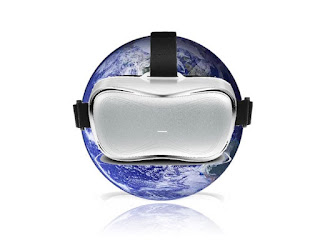Every month, I have occasion to meet with many
innovators in both the 3D and VR industry—especially with many of the
innovators bringing new products, displays, and solutions to the U.S. or
Eurasian market. My experience thus far is that they are largely unaware of the
seminal work conducted by the American Optometric Association found in See Well, Learn Well.
In my experience, most
innovators new to the VR scene don’t have a satisfactory answer for the
educator or consumer with the concern that “this gives me headaches” or “will
this hurt my children?” (The common responses are overly dismissive: “don’t let
those children use the technology”; or “there is no problem at all.”) I
continuously ask exhibit hall representatives about this issue, and to date,
few are able to respond well. Plainly, VR strategists cannot expect success if
they are oblivious to vision health issues involving so many customers, as discussed in the previous four posts.
Just
because 3D virtual reality headgear is cool, or the stereoscopic 3D 360 content
is eye-popping and captivating, that doesn’t
make it impervious to what we know about the vision challenges of children or
customers. No, the vision issue didn’t just go away with the advent of the next
big technology. The takeaway here is that companies will never sell VR or other
advanced display technologies in a sustained fashion unless they also handle
this vision health issue well. You can start by reading or re-reading the American Optometric Association’s seminal
report on 3D vision health, See Well, Learn Well.

No comments:
Post a Comment